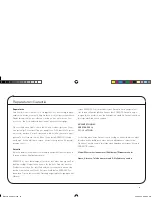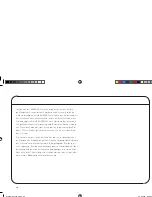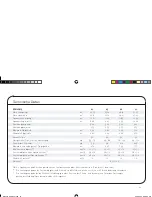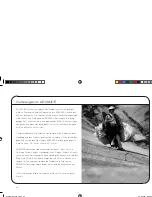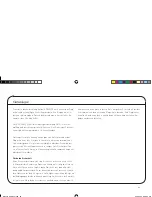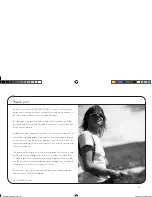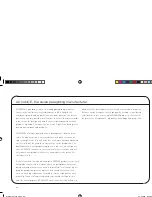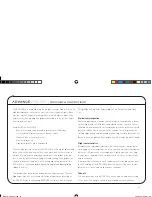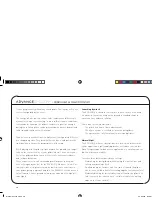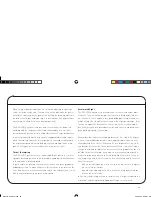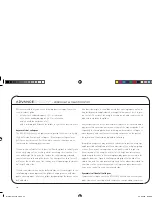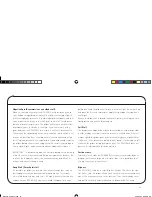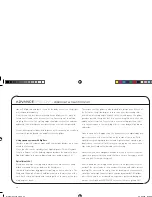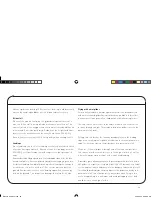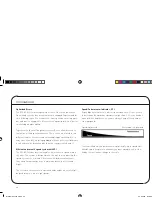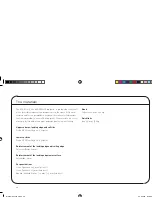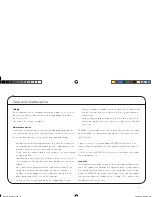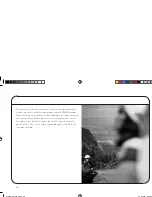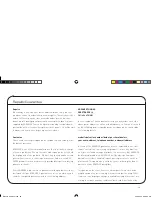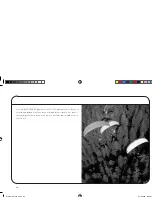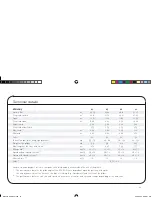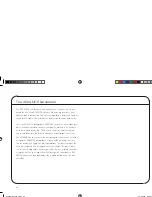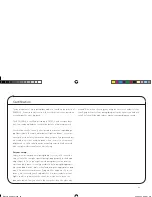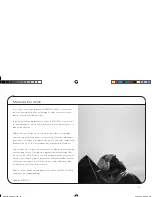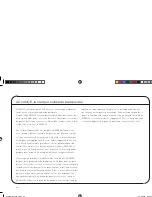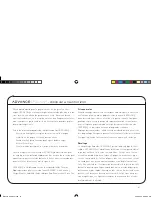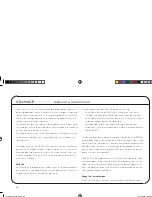
33
without rigid cross-bracing). Effective cross-bracing could drastically
worsen the handling and does not contribute to greater safety.
B line stall
We are of the opinion that given the glider development in recent ti-
mes, the B line stall is not applicable manoeuvre nor effi cient. The
entire structure of the wing becomes extremely stressed and thus we
recommend it not to be performed. Aside from the heightened struc-
tural stress the manoeuvre can be easily fl own on the EPSILON 5.
Be sure however to release the B lines quickly when wishing to exit.
Landings
We recommend you to select a landing site that you are familiar with,
as well as having no obstacle. Beware of your fi rst landings with the
EPSILON 5 as its performance may be superior to your previous ca-
nopy.
Remember to build up speed prior to landing but do not let the bra-
kes up completely; fl are the glider by progressively applying the bra-
kes before landing. Avoid brutal braking after allowing the canopy to
accelerate as this will convert into lift of several metres above the
ground. Avoid violent shocks on the leading edge when the canopy
falls on the ground. This impact can damage the internal cell ribs.
Flying with a wet glider
Occasionally a tendency towards a parachutal stall has been observed
with a wet or soaked glider. Various factors may contribute to this effect;
in many cases it was generally a combination of all infl uencing factors:
The rain causes an increase in the angle of attack as a result of the
increased canopy weight. This tends to bring the glider closer to the
parachutal stall point.
Pelting rain can destroy the laminar boundary layer in the leading
edge area, resulting in a signifi cant reduction in the maximum achie-
vable lift coeffi cient before the glider goes into parachutal stall.
Moreover, if the wet glider is being fl own at the lower weight limit,
this causes a further small increase in the angle of attack as well as
a lower fl ying speed on account of the lower wing loading.
A possible precautionary measure to prevent parachutal stalls with a
wet glider is a slightly accelerated fl ight (25-40%), because this redu-
ces the angle of attack and therefore the danger of a parachutal stall.
This should preferably be employed before the glider is already in a
parachutal stall. Two other points to remember when fl ying in rain
are to keep braking to a minimum and avoid pulling big ears - both
would increase the angle of attack.
Manual_Epsilon 5.indd 33
Manual_Epsilon 5.indd 33
30.9.2005 8:48:29 Uhr
30.9.2005 8:48:29 Uhr

